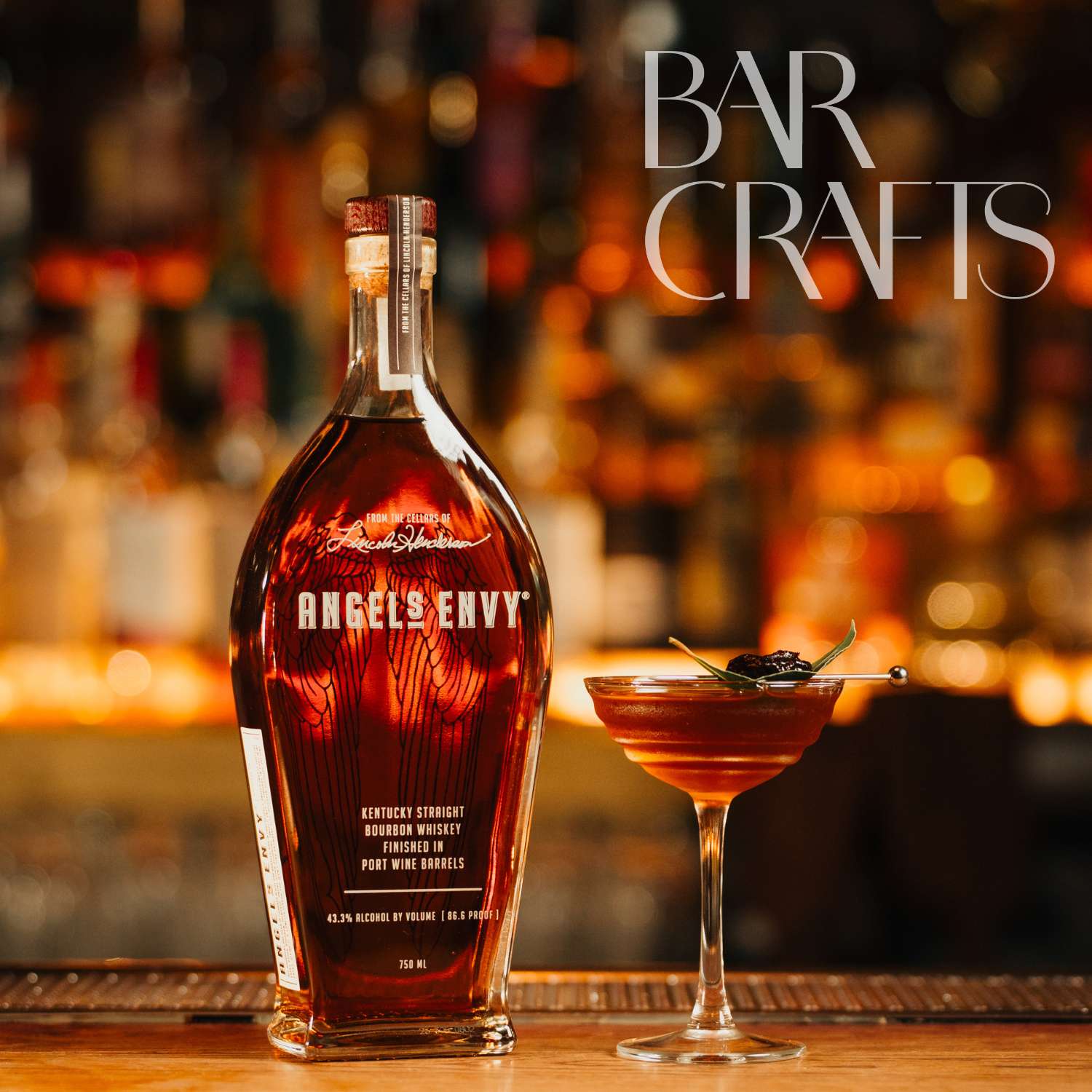Exploring Amaro: A Journey Through Flavor
Let’s continue our journey through the rich and exciting world of amaro—a category that’s as versatile as it is delicious. Whether you’re winding down after a meal or mixing up a cocktail, amaro offers something for every occasion.
These days, my go-to on a day off is an amaro and tonic—a refreshingly bitter highball that never disappoints when I’m visiting neighboring bars.
(Want a deeper dive into what makes amaro so special? Check out this article about Aperitifs, Bitters and Amaro.)

Meet Amaro Lucano: A Basilicata Classic
Today, we’re spotlighting Amaro Lucano, a standout from the Basilicata region of southern Italy.
Italy’s amaro tradition is vast—virtually every town has its own unique expression—but only a handful have become true classics, and Lucano is proudly one of them.
Never been to Basilicata? Just one Google image search will have you falling in love. Think sunshine, rolling forests, mountains, and even a beautiful stretch of coastline. It’s easy to see how a spirit from this region would carry a little magic in every bottle. 🤌🏼

How It’s Made: The Craft Behind Amaro Lucano
Like many amaros, Lucano is built on generations-old tradition and a secret recipe—but here’s what we do know:
- Botanical Selection: Lucano uses more than 30 herbs and spices.
- Maceration: Botanicals are steeped in a hydroalcoholic solution to extract flavor.
- Separation into Batches: The masters behind the craft divide botanicals into five categories (bitter, citrus, herbs, etc.), each treat them with specific temperature, time, and extraction methods.
- Pressing & Essential Oils: The infusions are strained and pressed to capture every drop, then enriched with essential oils.
- Blending & Resting:* These concentrated extracts are blended, then tested in a lab. The mixture rests for 3–5 months, allowing flavors to fully develop and marry.
- Final Assembly: The extracts are mixed with pure alcohol, caramel, and water to create the final liqueur, which is filtered and bottled.
*The resting period is especially noteworthy—it’s not always emphasised in other amaro production, and may be a unique hallmark of Lucano’s process.

Amaro in Cocktails: Seasoning with Bitterness
Traditionally enjoyed neat or over ice in Italy, amaro is becoming increasingly popular in the cocktail world—especially for aperitifs and complex stirred drinks.
Amaro plays a unique role in cocktails.
A well-chosen amaro can cover multiple flavor bases—bitterness, sweetness, and even acidity—while also enhancing other ingredients. Think of it as the seasoning of a drink, much like salt in cooking.
For example, bitter elements stimulate your palate and make citrus notes feel brighter and more alive. That’s why amaros pair so beautifully with ingredients like tropical fruits and warm spices, or spirits like agave, which carry more acidity thanks to their natural esters and volatile acids.
The Drink: A Lucano-Driven Tropical Sour
Today’s featured cocktail is a sour-style drink that highlights Amaro Lucano as the star.
In contrast to the Anglo-Saxon approach (which often includes a foaming agent), the classic Sour template requires just three core elements:
- A base spirit
- A sweet component
- A sour element (typically citrus)
Well-known examples include the Daiquiri and Margarita. Fun fact: the Margarita is actually part of the Daisy category—a close cousin of the Sour that uses liqueur (like Triple Sec) instead of plain sugar.
Bringing it all together:
- Prep Your Shaker: Add 30ml of Amaro Lucano straight into your cocktail shaker.
- Add the Supportive Base: Pour in 15ml of grape distillate, today I am using Ile De Ré—quite a young distillate, yet elegant and fresh, with lively notes of white citrus.
- Add the Tropical Touch: Pour in 15ml of Chinola, a vibrant passionfruit liqueur from the Dominican Republic, adds juiciness and acidity. This liqueur is a real celebration of bold tropical flavours, natural tartness, and vibrant golden hue—it brings real fruit intensity and a touch of sunshine to every sip.
- Layer the Sweet and Sour: 20ml of fresh lemon juice and 10ml of 2:1 sugar syrup create the backbone of the cocktail.
- Ice It Up: Add ice and shake for a well-chilled mix.
- Strain and Serve: Double strain into a cocktail glass over a large block of ice.
- Garnish and Enjoy: We garnished it with gold dust, a nod to Basilicata’s 300 days of sunshine each year, and a lemon peel to enhance the zesty citrus notes. 🍋🌞

Why You’ll Love This Recipe
This cocktail strikes the perfect balance between approachable and complex.
The richness of Amaro Lucano meets the tropical punch of Chinola, while lemon and cognac round out the experience with brightness and depth. Whether you’re a seasoned bartender or an amaro-curious home sipper, this drink is refreshing, aromatic, and just adventurous enough to keep you coming back.
It’s a celebration of Italian tradition with a sunny, modern twist—what’s not to love?
This drink is easy to replicate at home or behind the bar. Give it a go and let us know what you think!
Now it’s your turn to give this a try!
Share your questions, pictures, and tags on social media. You can find the video of this creation on our page. If you enjoy our content, please leave a like and follow us for more.
Let us know what you’d like to see in the next recipe!




